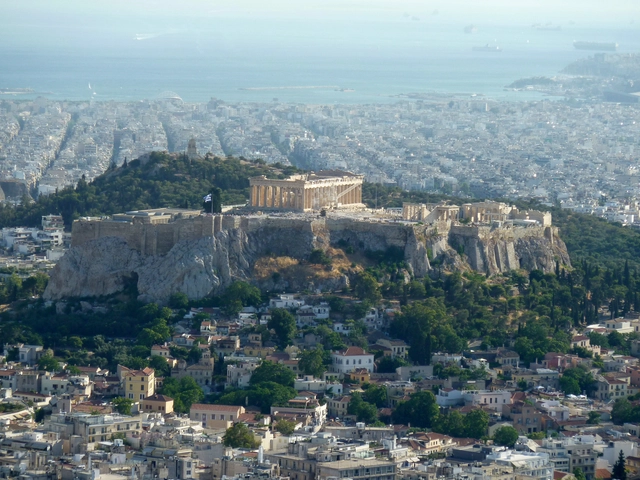
Greek and Roman cultures laid the foundations for modern civilization, leaving a lasting legacy in philosophy, literature, mathematics, and art. Although their contributions in these areas are significant, they are sometimes overlooked. However, in disciplines such as sculpture and architecture, their influence has remained almost unchanged, deeply rooted in the classical ideals of beauty. This is exemplified by canonical works such as the Parthenon, the Roman Pantheon, and the Discobolus, which continue to captivate with their proportion, symmetry, and detail. Consequently, it is unsurprising that Greco-Roman classicism remains significant due to its aesthetic timelessness, revitalized throughout different periods, from neoclassicism to contemporary proposals.
In this modern context, the Greco-Roman mythology, epic tales, and classical architectural concepts inspire a fresh perspective on reimagining interior aesthetics. Embracing an avant-garde take on neoclassicism, a new wave of modern interiors adopts sharp strokes to define figures and details, such as pilasters and capitals, echoing the sinopia of historic wall frescoes. These designs transform monumentality into cozy and elegant atmospheres. By blending historical and contemporary references, they provide innovative figurative solutions that craft poetically scenic spaces. Arcadia collection exemplifies this approach, standing out as a tribute to classicism and presenting a unique visual narrative through its wall coverings.
































